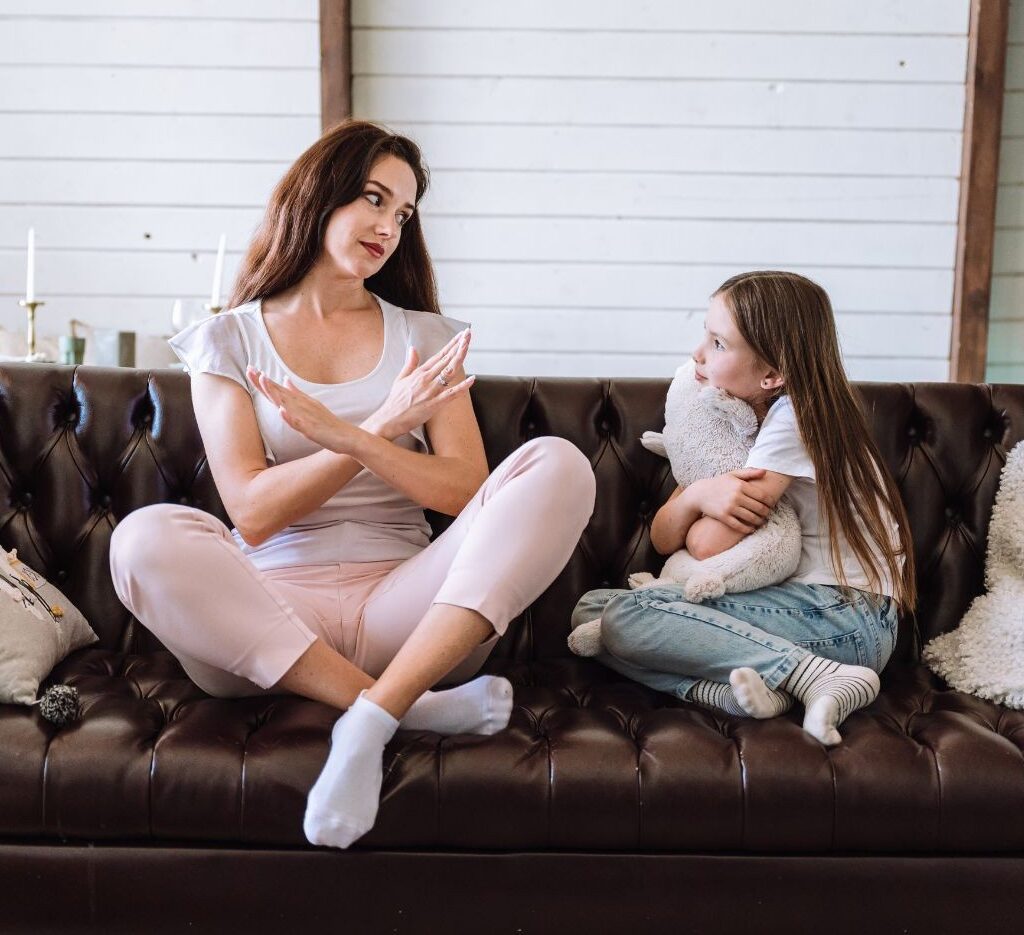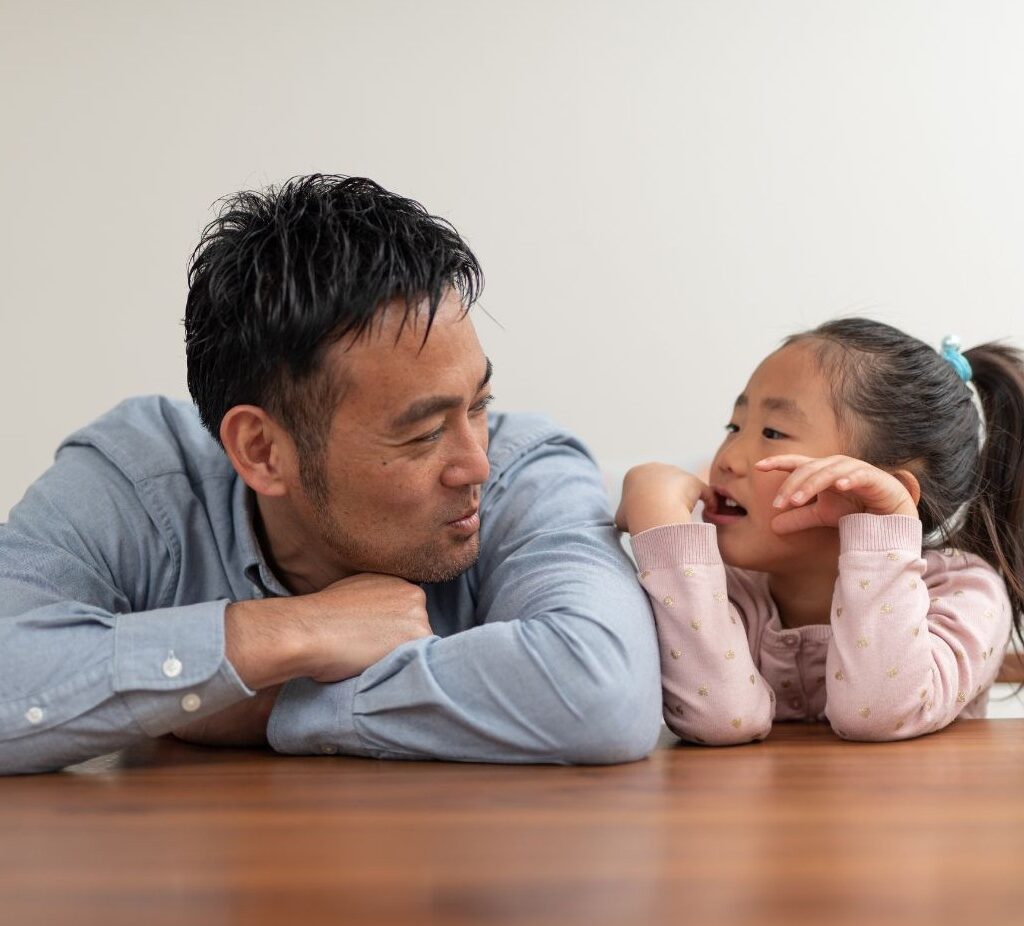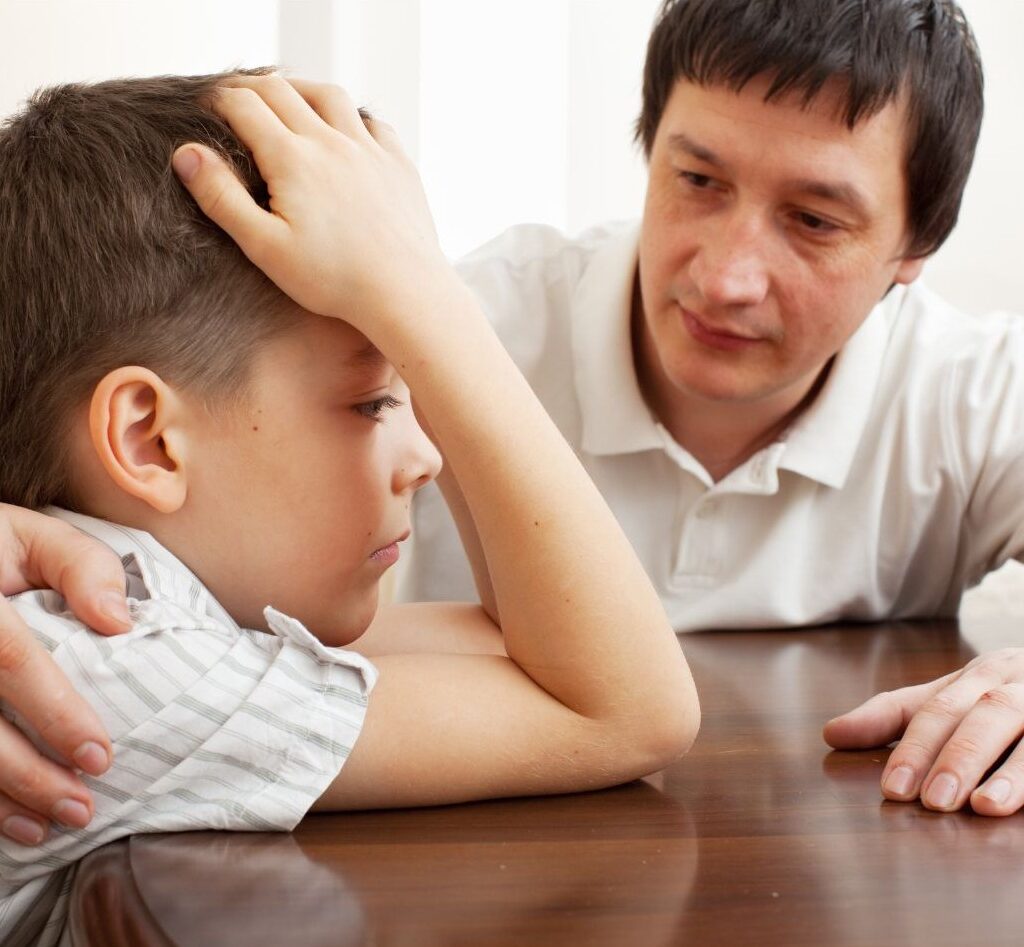Discipline is an essential aspect of parenting, but it doesn’t have to be harsh or punitive. Positive discipline techniques focus on teaching children valuable life skills while fostering a respectful and loving relationship between parents and children. These techniques emphasize understanding, empathy, and effective communication, helping children develop self-discipline, responsibility, and problem-solving skills. Here are some key positive discipline techniques that can make a significant difference in your parenting journey.

Set Clear Expectations and Boundaries
Children thrive when they know what is expected of them and understand the boundaries within which they can operate. Clearly communicate your expectations and establish consistent rules that are age-appropriate and reasonable. When children understand the limits, they are more likely to follow them and feel secure in their environment.
Use Positive Reinforcement
Positive reinforcement involves acknowledging and rewarding good behavior to encourage its repetition. Praise your child for their efforts and accomplishments, no matter how small. This can be as simple as saying, “Great job on cleaning your room!” or offering a small reward like extra playtime. Positive reinforcement helps children feel valued and motivated to continue behaving well.

Practice Active Listening
Active listening is a powerful tool in positive discipline. When your child expresses their feelings or concerns, give them your full attention and listen without interrupting. Show empathy and validate their emotions by saying things like, “I understand that you’re upset because…” This helps children feel heard and respected, making them more likely to cooperate and communicate openly.

Offer Choices and Consequences
Giving children choices empowers them and teaches them to take responsibility for their actions. Offer limited options that are acceptable to you, such as, “Would you like to do your homework before or after dinner?” This allows children to feel a sense of control while still adhering to your expectations. Additionally, explain the natural consequences of their actions, helping them understand the impact of their behavior.
Use Time-In Instead of Time-Out
Traditional time-outs can sometimes feel punitive and isolating for children. Instead, consider using time-ins, where you spend a few moments with your child to help them calm down and reflect on their behavior. This approach fosters connection and teaches children how to manage their emotions constructively.

Model Positive Behavior
Children learn by observing their parents’ actions. Be a role model for the behavior you want to see in your child. Demonstrate kindness, patience, and respect in your interactions with others. When children see these qualities in you, they are more likely to emulate them in their own behavior.

Focus on Problem-Solving
Encourage your child to think critically and come up with solutions to problems. When conflicts arise, involve your child in finding a resolution. Ask questions like, “What can we do to make sure this doesn’t happen again?” This approach teaches children valuable problem-solving skills and helps them take ownership of their actions.
Stay Calm and Consistent
Maintaining a calm and consistent approach to discipline is crucial. Children are more likely to respond positively when they see that you are composed and fair. Avoid yelling or using harsh punishments, as these can damage the parent-child relationship and lead to resentment.
Conclusion
Positive discipline techniques are about guiding children with love, respect, and understanding. By setting clear expectations, using positive reinforcement, and modeling positive behavior, parents can create a nurturing environment where children feel valued and motivated to behave responsibly. Remember, the goal of discipline is not just to correct behavior but to teach valuable life skills that will serve children well into adulthood.

